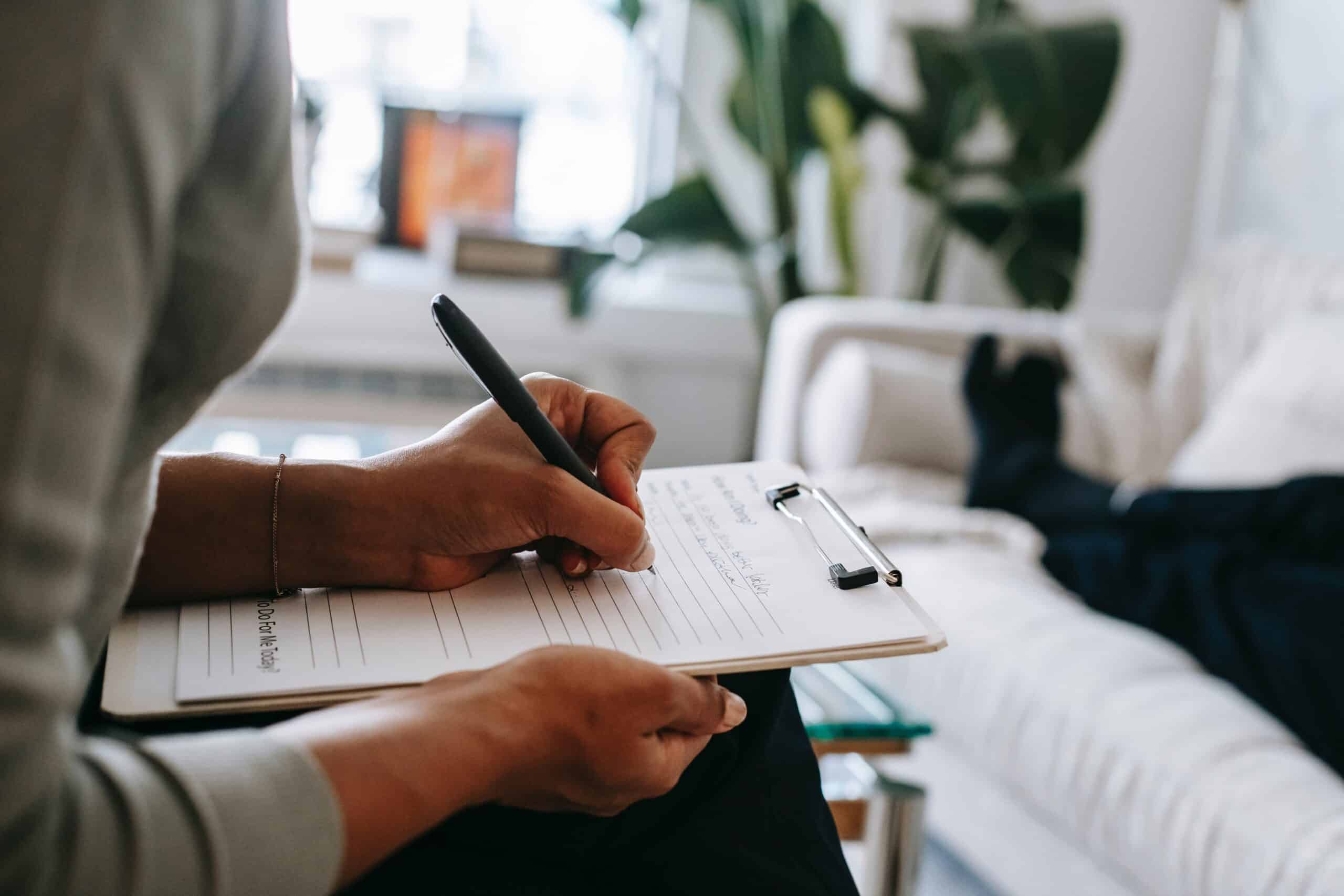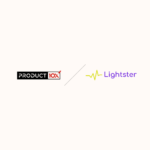
Screening for real users for your feedback session
May 29, 2023
Fostering the Product-Led Growth community with Product10x
July 17, 2023
Screening for real users for your feedback session
May 29, 2023
Fostering the Product-Led Growth community with Product10x
July 17, 2023How to run a user testing session for maximum insights
Meeting a stranger for the first time is already intimidating in its own regard - imagine what it's like asking them for insightful and actionable feedback in just a short few minutes. Balancing between getting to know the person and their world, and bringing them into the work that you're doing can be difficult. In this blog, we talk about some tips that will help you get the most out of the session.
When running the session, it's important that you play the role of a facilitator - and pull all emphasis on the user and what they've got to say.
Here are three tips to help you:
- Resist the urge to "confirm".
- Ask only open-ended questions, and avoid making statements
- Keep track of time, and ensure you get to the end of your agenda
Resist the urge to "confirm"
During the session, the user may mention things that align with your hypothesis, or things that prove your hypothesis to be incorrect. Whichever it may be, remember that your focus during the session is to collect as much data and evidence as possible for further analysis - rather than confirming the former or the latter.
In both situations, ask the user "why", and hear them explain their thinking more elaborately. It can be tempting to jump in and say "Yes, I agree!", or "So you don't think this feature is useful?" because you could be inserting your own bias into the conversation, and tamper the insights.
Often, we have seen users ask a facilitator "So what does this button or link do?", and seen the facilitator very quick to jump in and describe the feature and its entirety. The facilitator just missed an opportunity to extract what the user thinks the button or link does. During the session, the focus is on listening to the user.
Ask only open-ended questions, and avoid making statements
To maximize insight is to see if you can turn what they said into an open-ended question.
For example, one of the most common questions we have seen users ask in a session is: "What does this button do?". Very quickly, the facilitator would jump in and describe the feature and its entirety, and perhaps end with: "Was that what you expected?". However, in this situation, the room to extract insight is long gone because the facilitator had just tampered with the user's thought process and interpretation. They missed the opportunity to extract what the user thinks the button does if they were to see it for the very first time.
During the session, the focus is on listening to the user. If you hear the user ask this question, respond by asking them back: "What do you believe it does?".
Keep track of time, and ensure you get to the end of your agenda
Time flies in a session, especially if you've got a lot to cover. Now that you've invested time into the interviews, you want to make sure that they provide enough insight (and weight) for you to draw decisions from. This is why you must keep track of time and not get either yourself or the user carried away without getting through your agenda. You want to be able to ask each user the same questions, and walk through the same tasks in order to derive actionable insights.
To help you keep track of time, put a time-box right on your script, and record the session. This way, during the session, you're only focused on asking questions and keeping time. If you are overtime for a particular section and the user is still speaking, gently interrupt them to ensure you move on to the next topic on the agenda. If you have time remaining once you've gone through the agenda, then you may revisit the particular topic and continue the discussion.